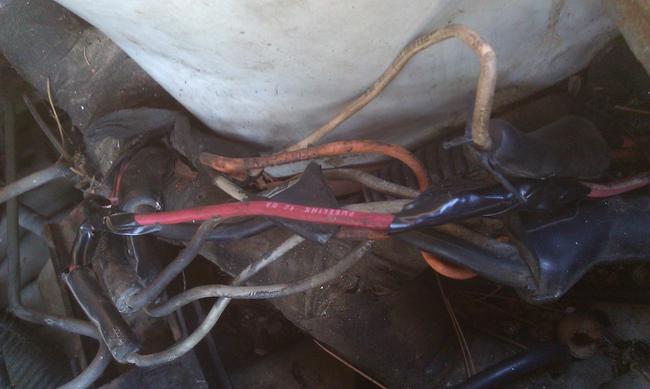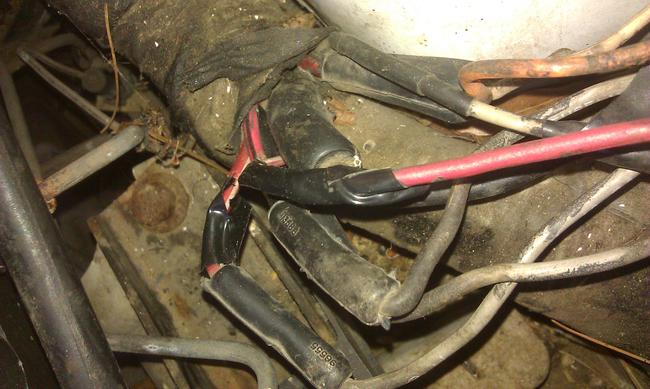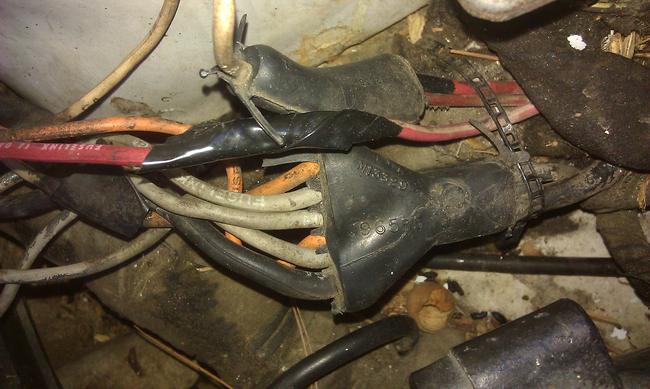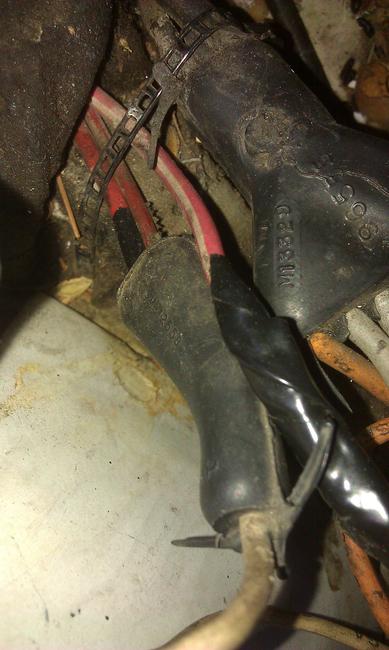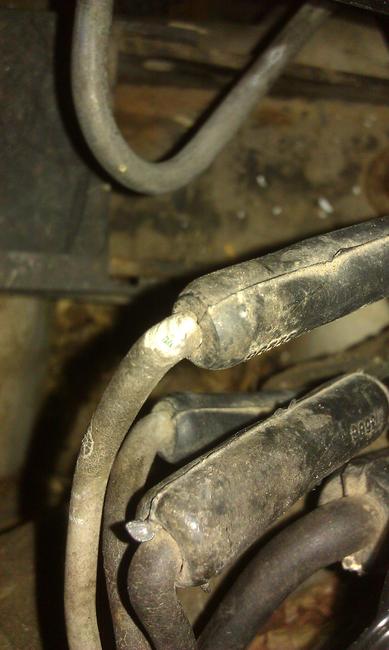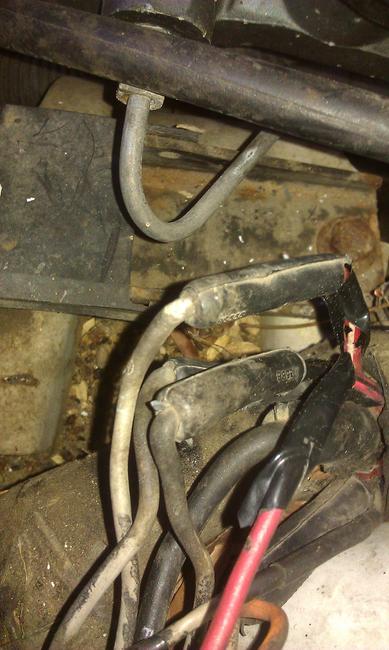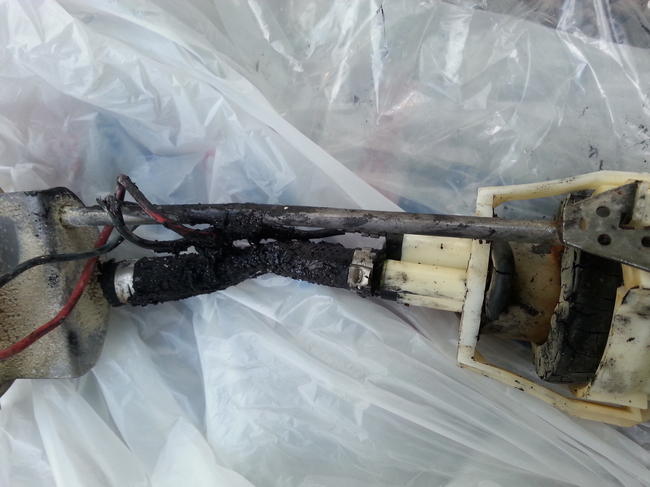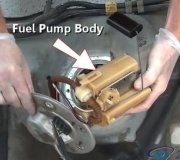Yup, first of all, continuity tests with an ohm meter are valid but there's a couple of problems. Most of those links are four to six inches long. If you measured on two points between the ends the break could be outside of those points. The wire can burn open in any area. It would be more accurate to put one meter probe on the positive battery cable, then probe the regular wire just beyond where it was spliced to the fuse link.
What you did was severe overkill. Mechanics would never do that because it takes way too long and they have to charge for their time. All you have to do is tug on them. You'll know it as soon as you find a bad one. It will stretch REAL easily. You also should understand that wires were used for fuses because they were expected to never burn open for the life of the car. They feed other fuses that are going to blow when something is shorted, or from reverse polarity. In my entire career in automotive, including ten at a very nice family-owned Chrysler dealership, I only ran into two blown fuse links that other guys were struggling with. One was for a shorted radiator fan motor and one involved a wire harness that was sliding back and forth each time they shifted between drive and reverse, and a wire feeding the backup light fuse rubbed through and grounded out intermittently. Instead of going straight to the fuse links, I should have directed you to start with the dead fuel pump, then work your way back to the fuses, and to check fuse links only when everything else was eliminated.
The last thing was a big source of amusement among my Electrical students. I made a really big deal on the first day of class that they were never to poke a hole in a wire to take a voltage or resistance reading. I had over a dozen school-owned donated cars that I built real-life "bugs" into for them to diagnose. They learned how to locate easily accessible test points to do their troubleshooting. If I ever found a hole poked in a wire they had to stop their learning exercise and replace that entire piece of wire. Patching was not acceptable for two reasons. First, they had to understand how serious I was that we don't damage customers' cars that way, and second, those patches inadvertently provide clues to the next pair of students who have to diagnose that bug. When you get all the problems solved you will want to use a silicone gasket sealer to seal up the holes. I use Chrysler's gray stuff a lot but there's plenty of other good ones out there.
Also, as a point of interest, GM used a bunch of aluminum wire in the '80s and had all kinds of problems. An aluminum wire clamped with a brass rivet in the fuse box is two different metals, and when you add an acid, like road salt from the driver's feet right under that fuse box, you have the same chemical reaction as in a car battery, ... Two different metals and an acid. Sometimes people would cut the insulation on a wire to test for voltage in the dead circuit. Once the problem was fixed, within a few weeks moisture would get in that hole and corrode the wire, and they'd have the same dead circuit but a different cause. The insulation on those wires was translucent and you could where an inch or two of that wire turned to powder.
Your wires are copper and less likely to corrode but they are also sitting right where rain and road salt will spray in. Seal those babies up when you're done to avoid future problems.
Now, to get down to business, there's two LeBaron models; the GTS version and the K-car version. They're totally different. The GTS has the rounded instrument cluster with the signal lever on the dash. I have a '99 service manual with both. Unless you tell me differently I'll use the K-car version with the 2.2L / 2.5L non-turbo engine. Since we know the fuel pump is dead we'll start with an easy circuit. Current comes through the automatic shutdown (ASD) relay and it feeds the ignition coil too. A test light is more accurate for this this test but a digital voltmeter can be used. They often don't respond fast enough. Connect the grounded test light to the positive terminal on the ignition coil. Turn on the ignition switch. The light should light up for one second then go off. That corresponds to you hearing the pump run for one second. If it lights up but the pump doesn't run, there is a break in the wire going to the pump or the pump motor is open. Given the recent history, neither is likely. If you do not find voltage there for one second, go back to the ASD relay and look for it on the red wire.
There's two relays on the front of the left strut tower, and two on the left inner fender. The longer rectangular one toward the front, (closest to the battery), is the ASD relay. Remove that plug and check the red wire for 12 volts. If it's there, plug it in and feel if it's clicking when a helper turns on the ignition switch. If it's not there, check on the 12 gauge black wire on the starter relay. That one is on the strut tower closest to the brake master cylinder. If you have it there but not at the ASD relay there are two fuse links to look for. You can also just crank the engine. If it cranks we know there's 12 volts on that black wire.
Holler back with what you find so I know which way to go next.
Saturday, March 23rd, 2013 AT 2:21 AM
